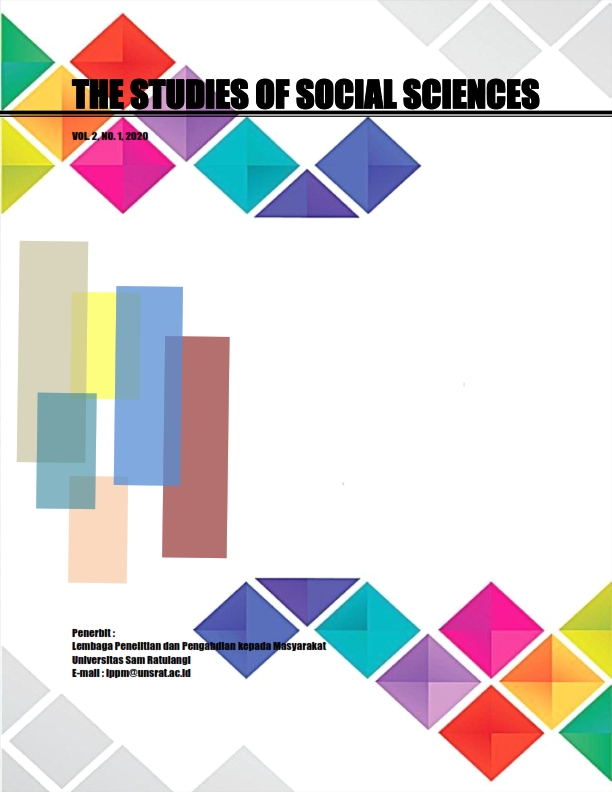Pendampingan Budidaya Tikus Hutan Ekor Putih Pada Pemburu Tikus Desa Ampreng Kecamatan Langowan Kabupaten Minahasa
DOI:
https://doi.org/10.35801/tsss.v6i1.53042Abstract
ABSTRACT
The white-tailed forest rat is a type of rat that is consumed by some Minahasa people, especially on holidays or especially for families. In almost all Minahasa traditional markets you can find rats being sold for IDR 100,000 per three heads. This shows that the animal has sale value. Therefore, the Hope and Endemic Animal Laboratory Team will carry out activities to assist rat cultivation for rat hunters so that they can get rats without having to hunt. Mentoring activities will be carried out for 6 months targeting the rat hunting group in Ampreng Langowan Village. This activity was carried out using the Focus Group Discussion method, lectures and practice at the location involving 10 rat hunters. Topics of discussion are about making cages, providing food, maintaining cages. The activity implementation time is 6 (six) months with preparation stages (preparing location, materials, feed), implementation (Focus Group Discussion, lectures, and practice), publication, preparation of wishes, and reporting. The result of this activity is that ten hunters have been able to implement cultivation well and correctly and obtain economic benefits so as to support food security and independence.
Downloads
Published
How to Cite
Issue
Section
License
Authors who publish with this journal agree to the following terms:
- Authors retain copyright and grant the journal right of first publication with the work simultaneously licensed under a Creative Commons Attribution License (CC BY-SA 4.0) that allows others to share the work with an acknowledgement of the work's authorship and initial publication in this journal.
- Authors are able to enter into separate, additional contractual arrangements for the non-exclusive distribution of the journal's published version of the work (e.g., post it to an institutional repository or publish it in a book), with an acknowledgement of its initial publication in this journal.
- Manuscripts published in print and electronically are open access for the purposes of education, research, and libraries. Apart from these purposes, the editorial board is not responsible for violations of copyright law.


